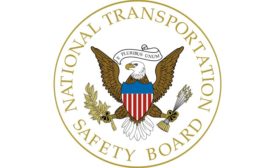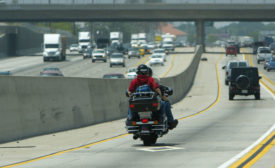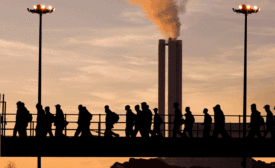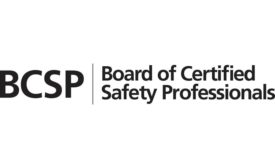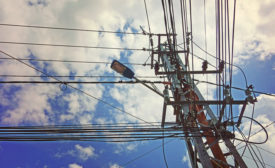Home » accident prevention
Articles Tagged with ''accident prevention''
10 transformer safety practices for electricians and industrial professionals
The importance of proactive inspections for ensuring electrical transformer safety
September 26, 2018
Never miss the latest news and trends driving the safety industry
eNewsletter | Website | eMagazine
JOIN TODAYCopyright ©2024. All Rights Reserved BNP Media.
Design, CMS, Hosting & Web Development :: ePublishing

